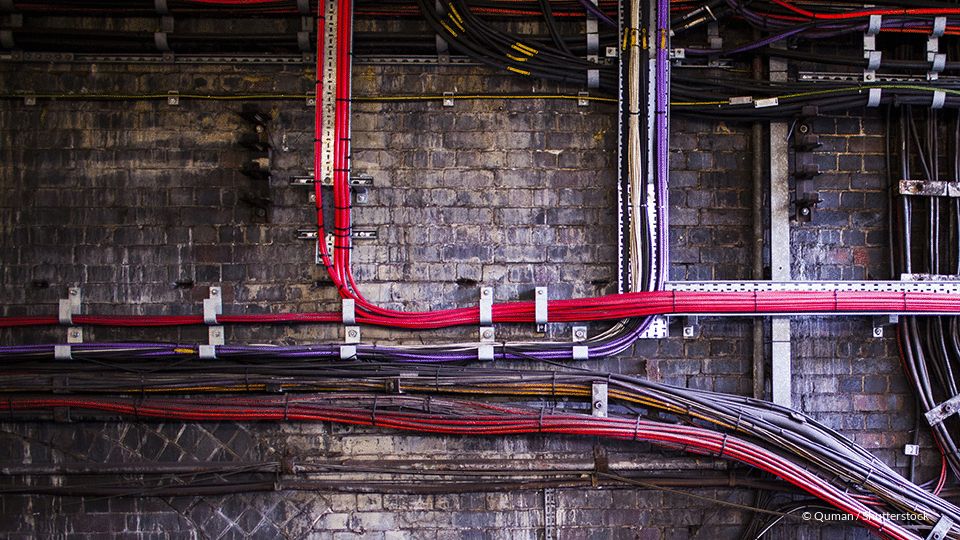Why suddenly everything is different: Digitalisation is leading to a phase of rapid innovation and market upheaval. In our series of essays, Philipp Bouteiller looks at the trends and technologies behind it and sheds light on what they mean for people. The second act revolves around accelerated data transmission and the internet as a gamechanger.
The Internet began as a network of military and university computers. It was about research projects and the provision of limited and expensive computing capacity. Sir Tim Berners-Lee, who researched at CERN for a long time, is often described as the father of the internet. He wasn’t really, but his contribution was nevertheless revolutionary. His merit was to propose a universal language at the end of the 1980s, a data protocol that for the first time made it possible to establish reliable communication across the various data and network infrastructures of the different national computer networks: Hypertext or HTTP. This was the birth of the WWW as we know it today. In 1994, the first graphical browser, Mosaic Netscape, programmed by Marc Andreessen (today a well-known venture capitalist), followed and the net became suitable for the masses.
Incidentally, these days, access to the internet is predominantly mobile. With increasing computer capacity, the transmission and reception performance of wireless data transmission has also been optimised further and further. Whereas mobile phones were the size of briefcases in the 1980s, today they disappear into trouser pockets.
Smartwatches have their own eSIM cards, radio modules are becoming more and more energy efficient, new radio protocols enable a small LoRa transmitter to radio small amounts of data over long distances for years with just one small battery. RFID successors such as the “Ant-Chip” developed at Stanford University in 2014 are passive radio chips the size of a small ant and cost only a few cents in mass production.
Today we are faced with the interconnection of everything with everything, everywhere and all the time. Estimates are that we will have over 30 billion connected devices by 2020. Since it is things that are networked here, and no longer people, we talk about the Internet of Things. The next big revolution is already just around the corner. The consequence? Everything that can be networked will be networked.
